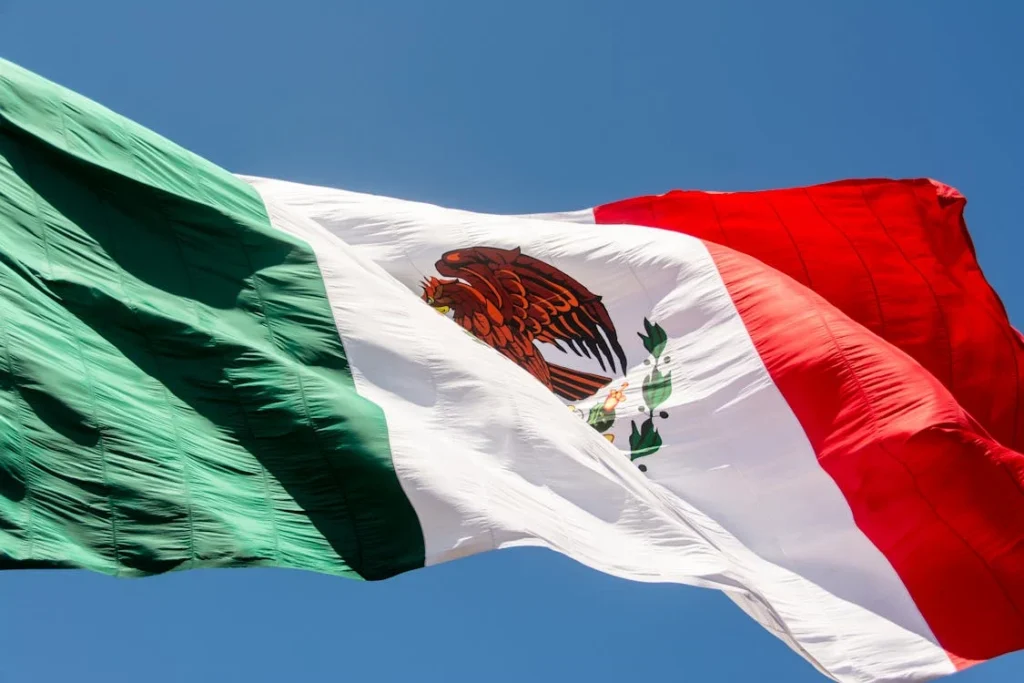The Mexican government’s borrowing policy over the last few years, combined with the performance of exports, has led to an increase in interest payments on public sector external debt, which have decreased from 2.1% of total exports in 2018 to 1.9% of total exports in 2022.
In 2022, public sector external debt financing costs reached $10.8 billion, marking a 4.4% increase from $10.4 billion in 2021 in nominal terms.
Payments for principal and interest on external public debt accounted for 4.1% of GDP in 2022, a slight decrease from 4.4% of GDP in 2021.
Aside from pandemic-related measures, Mexico maintained a restrictive fiscal policy to ensure control over the fiscal balance.
In November 2019, the Republican Austerity Law was approved, which aims to contribute to the good management of public resources, and focuses mainly on reducing non-priority current spending.
In 2020, the federal government implemented fiscal measures to mitigate the impact of the Covid-19 pandemic on both health and the economy. These measures were estimated to represent 2% of GDP.
Indebtedness policy
On the other hand, measures were issued to cut spending, with the exception of priority programs.
Between 2018 and 2019, the Mexican federal government’s finances improved, with a deficit of approximately 2% of GDP.
The Republican Austerity Law aimed to reduce the deficit. However, the economic recession triggered by the pandemic led to lower revenue collection and a moderate rise in spending, causing a decline in fiscal performance.
The federal government deficit rose to 2.5% and 3.1% of GDP in 2020 and 2021, respectively.
Mexico‘s GDP expanded 3.1% during 2022, driven by strong manufacturing activity and robust local consumption, especially during the second half of the year, during which the growth rate was 4.0 percent.
In addition, the external sector supported growth, and international trade and remittances reached twelve-month highs during April 2023 at US$1.2 trillion and US$60.3 billion, respectively.

